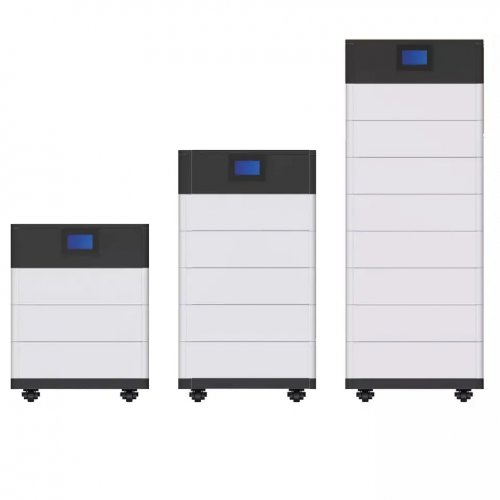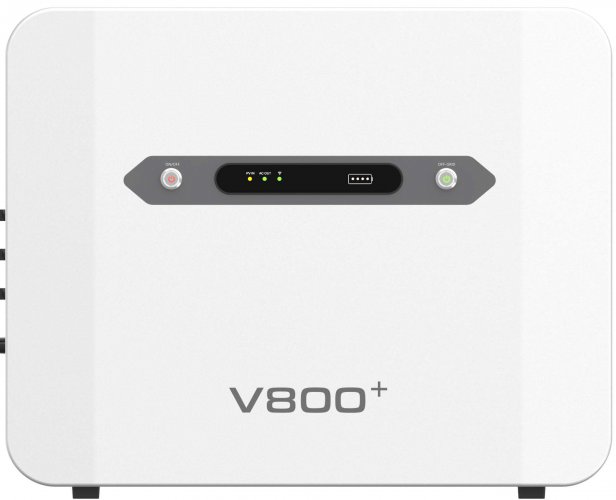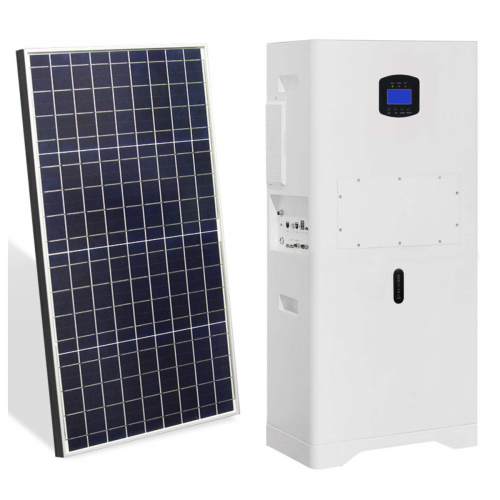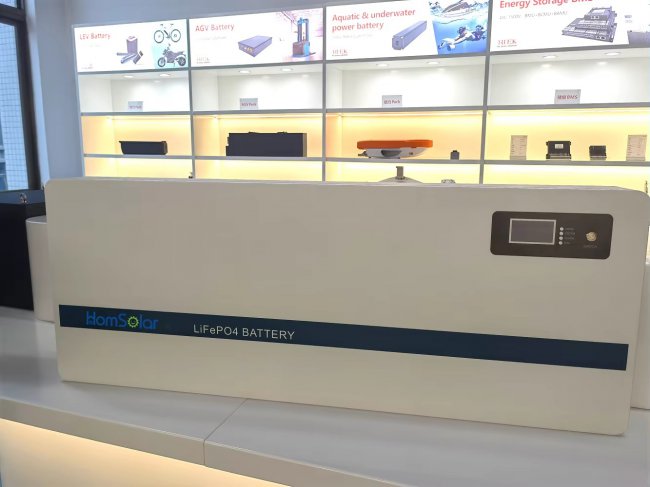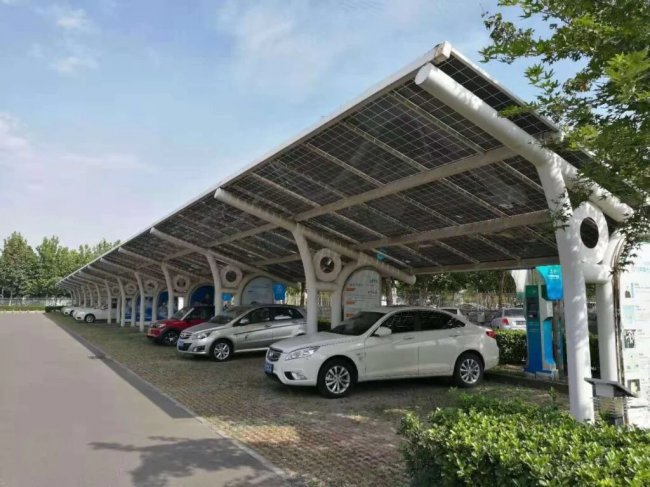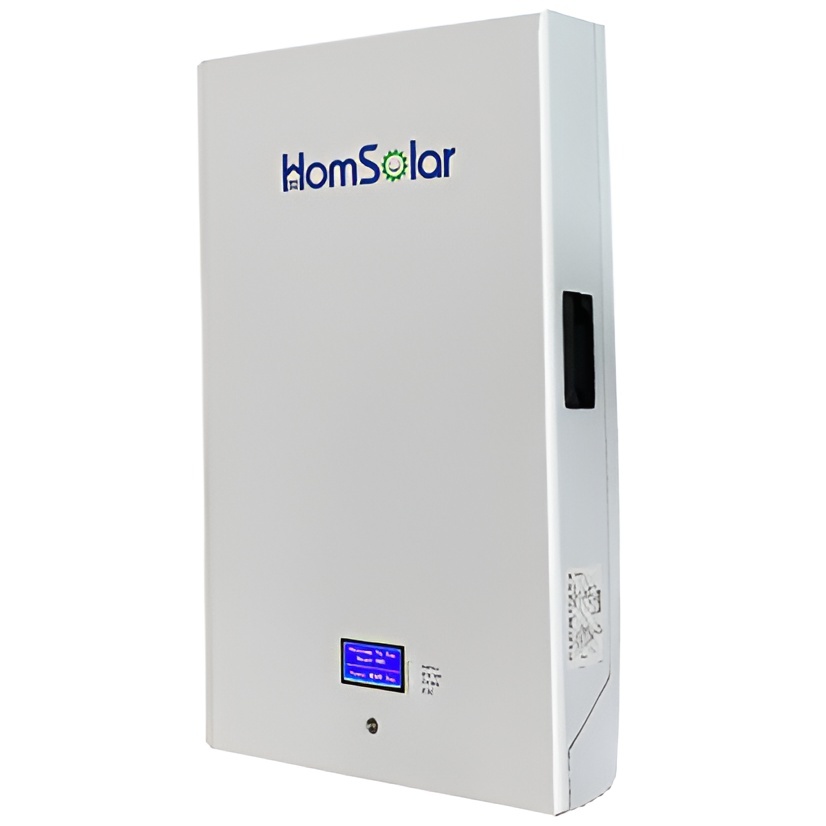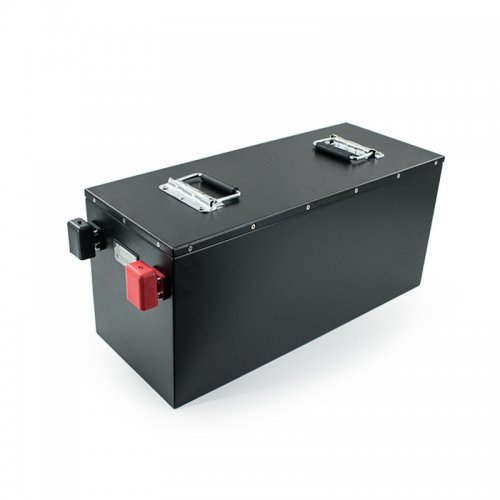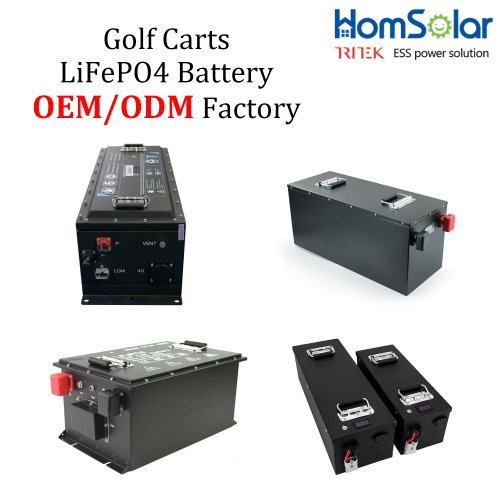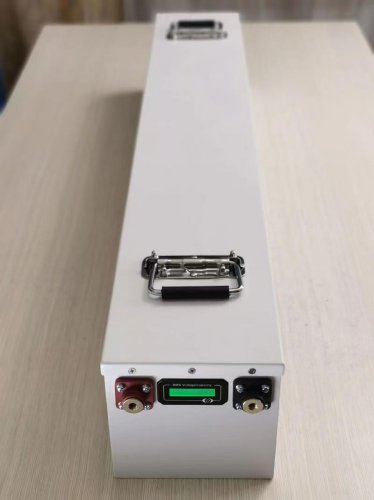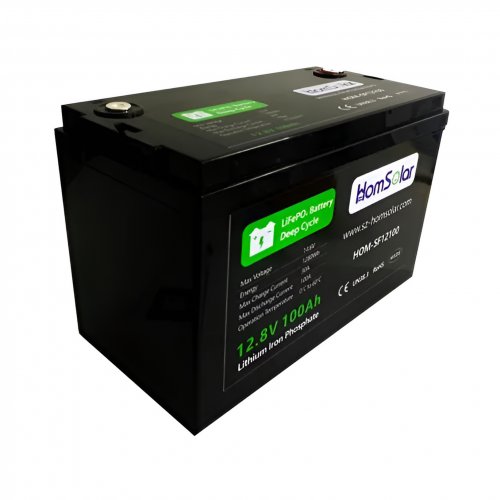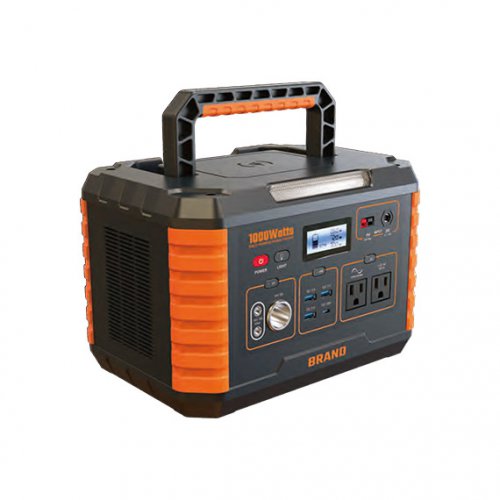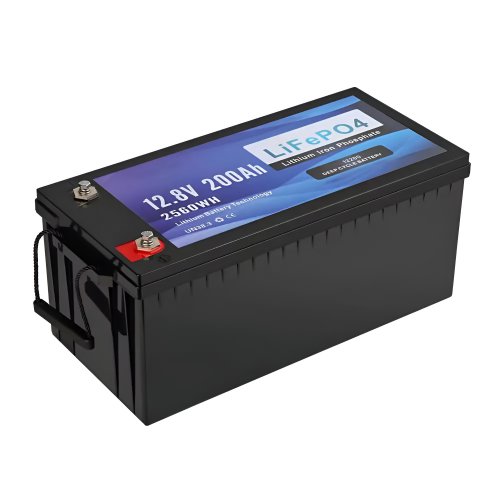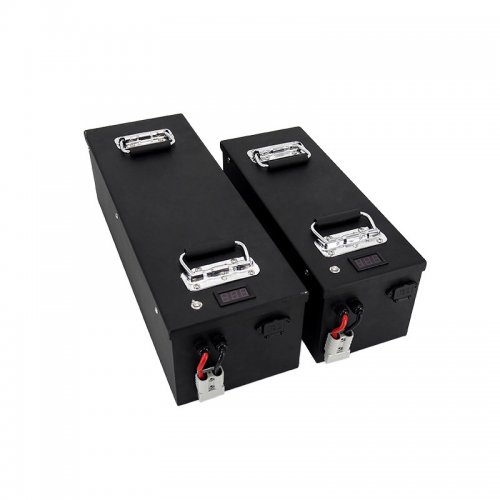Energy Density News: The Race To Power The Next Generation Of Electric Vehicles And Electronics
The relentless pursuit of higher energy density—the amount of energy stored in a given system mass or volume—continues to be the central driving force in the global battery industry. As demands from electric vehicles (EVs), grid storage, and consumer electronics intensify, the limitations of current lithium-ion technology are pushing researchers and corporations toward a new frontier of materials and cell architectures. The industry is witnessing a pivotal shift from incremental improvements to the exploration of transformative technologies that promise to redefine the capabilities of energy storage.
Latest Industry Developments: From Lab Breakthroughs to Gigafactory Floors
The past year has been marked by significant milestones, particularly in the realm of semi-solid and solid-state batteries. Several prominent automakers and battery startups have moved from prototype demonstrations to the initial phases of production planning.
Chinese battery giant CATL, for instance, continues to scale up its "condensed battery" technology, which it claims achieves an energy density of up to 500 Watt-hours per kilogram (Wh/kg), a figure substantially higher than the approximately 250-300 Wh/kg of current top-tier EV batteries. This technology is slated for integration into electric aircraft and premium EVs starting in the coming year. Meanwhile, Toyota has publicly reaffirmed its commitment to commercializing solid-state batteries, announcing a roadmap that aims for limited production by 2025 with a focus on hybrid vehicles initially, before moving to all-electric models. Their technical disclosures point to a targeted energy density of over 700 Wh/kg in the long term.
In the United States, companies like QuantumScape are progressing with their partner Volkswagen to validate their solid-state battery cells. Recent results shared indicate strong performance in terms of cycle life and charging speed at high energy densities. Similarly, SES AI is advancing with its hybrid lithium-metal battery, showcasing large-scale "A-sample" cells that are being tested by automakers including Hyundai and Honda.
Beyond the chemistry itself, manufacturing innovations are also contributing to gains in pack-level energy density. Tesla's structural battery pack, which integrates cells directly into the car's chassis, and BYD's Cell-to-Pack (CTP) technology are prime examples. These designs reduce the proportion of non-active materials like modules and brackets, thereby increasing the overall energy stored within the same physical space of the battery pack. This trend toward system-level optimization is becoming as critical as cell-level innovation.
Trend Analysis: The Multi-Pronged Path to Higher Density
The industry's trajectory is no longer a single path but a multi-pronged assault on the energy density challenge.
1. The Solid-State Horizon: The most anticipated trend remains the transition to solid-state batteries. By replacing the flammable liquid electrolyte with a solid counterpart, these batteries promise to use a lithium-metal anode, which has a much higher theoretical capacity than the graphite anodes used today. This shift is the primary key to unlocking step-change improvements in energy density and safety. However, the trend is bifurcating. Some players are focusing on sulfide-based solid electrolytes, while others are betting on oxides or polymers. Each path has its own trade-offs in terms of conductivity, manufacturability, and cost.
2. Silicon Anode Integration: While the lithium-metal anode remains a future goal, silicon is making a concrete entry into the market. Silicon offers roughly ten times the gravimetric capacity of graphite. The challenge has been its massive volume expansion during charging, which leads to rapid degradation. The current trend is not a wholesale replacement of graphite, but the strategic incorporation of silicon oxide (SiOx) or nano-structured silicon into graphite anodes. Companies like Sila Nanotechnologies and Group14 are supplying these composite materials to consumer electronics and automotive customers, delivering incremental but significant density boosts of 20% or more for existing lithium-ion production lines.
3. Cathode Chemistries: The Rise of Manganese-rich and Sulfur: On the cathode side, the high-nickel NMC (Lithium Nickel Manganese Cobalt Oxide) trend is reaching its maturity, with NMC 811 and its variants becoming standard for high-performance applications. The next wave is looking toward manganese-rich cathodes and lithium-sulfur (Li-S) chemistry. Manganese is more abundant and cheaper than cobalt and nickel, and new formulations promise similar or better energy density. Lithium-sulfur, while still grappling with cycle life issues, offers a compelling theoretical energy density advantage and is seeing renewed investment for specialized applications like drones and high-altitude pseudo-satellites.
4. Sodium-ion as a Complementary Technology: An interesting parallel trend is the commercialization of sodium-ion batteries. While their energy density is generally lower than that of lithium-ion, they offer advantages in cost, resource abundance, and safety. For shorter-range EVs and large-scale stationary storage where absolute energy density is less critical than cost and longevity, sodium-ion is emerging as a viable, complementary technology that alleviates pressure on the lithium supply chain.
Expert Views: Cautious Optimism Amidst Technical Hurdles
Industry experts maintain a stance of cautious optimism, emphasizing that the road to commercialization is fraught with challenges.
"Solid-state batteries represent a paradigm shift, not just an evolution," says Dr. Elena Rodriguez, a materials scientist at a leading European research institute. "The science is proving itself in the lab, but the engineering challenge of manufacturing these cells at high speed, with high yield, and at a competitive cost is immense. We are likely a decade away from widespread automotive adoption, though niche applications will come sooner."
Echoing the sentiment around system-level design, Michael Chen, an independent battery consultant, notes, "The industry is learning that the cell is only one part of the equation. We are seeing impressive gains by simply packing cells more efficiently. The most successful companies in the next five years will be those that master the integration of new chemistries with revolutionary pack designs, all while driving down cost per kilowatt-hour."
Meanwhile, concerns about supply chains persist. Dr. Sarah Wilkinson, an energy analyst, points out, "The push for higher energy density often relies on specific materials, be it high-grade nickel, lithium, or even solid-state electrolyte compounds. We must develop robust, ethical, and diversified supply chains in parallel with the technology itself. Otherwise, we risk solving the energy density puzzle only to create a critical resource bottleneck."
In conclusion, the quest for higher energy density is accelerating, fueled by unprecedented levels of investment and collaboration across academia, startups, and industrial giants. The landscape is evolving from a singular focus on lithium-ion to a diverse ecosystem of competing and complementary technologies. While the timeline for the most disruptive solutions remains uncertain, the continuous innovation at both the material and system levels ensures that the energy storage capabilities of the next decade will be fundamentally different from those of today.
Customized/OEM/ODM Service
HomSolar Supports Lifepo4 battery pack customization/OEM/ODM service, welcome to contact us and tell us your needs.


HomSolar: Your One-stop LiFePO4 Battery Pack & ESS Solution Manufacturer
Our line of LiFePO4 (LFP) batteries offer a solution to demanding applications that require a lighter weight, longer life, and higher capacity battery. Features include advanced battery management systems (BMS), Bluetooth® communication and active intelligent monitoring.

Customised Lithium Iron Phosphate Battery Casing
ABS plastic housing, aluminium housing, stainless steel housing and iron housing are available, and can also be designed and customised according to your needs.

HomSolar Smart BMS
Intelligent Battery Management System for HomSolar Energy Storage System. Bluetooth, temperature sensor, LCD display, CAN interface, UART interface also available.


Terminals & Plugs Can Be Customized
A wide range of terminals and plugs can be customised to suit the application needs of your battery products.

Well-designed Solutions for Energy Storage Systems
We will design the perfect energy storage system solution according to your needs, so that you can easily solve the specific industry applications of battery products.



About Our Battery Cells
Our energy storage system products use brand new grade A LiFePO4 cells with a battery lifespan of more than 4,000 charge/discharge cycles.



Applications in Different Industries
We supply customized & OEM battery pack, assemble cells with wiring, fuse and plastic cover, all the cell wires connected to PCB plug or built BMS.
Applications: E-bike, Electric Scooter, Golf Carts, RV, Electric Wheelchair, Electric Tools, Robot Cleaner, Robot Sweeper, Solar Energy Storage System, Emergency Light, Solar Power Light, Medical Equipment, UPS Backup Power Supply.
We can provide you with customized services. We have the ability to provide a vertical supply chain, from single cells to pack/module and to a complete power solution with BMS, etc.


HomSolar (Shenzhen) Technology Co., Ltd







